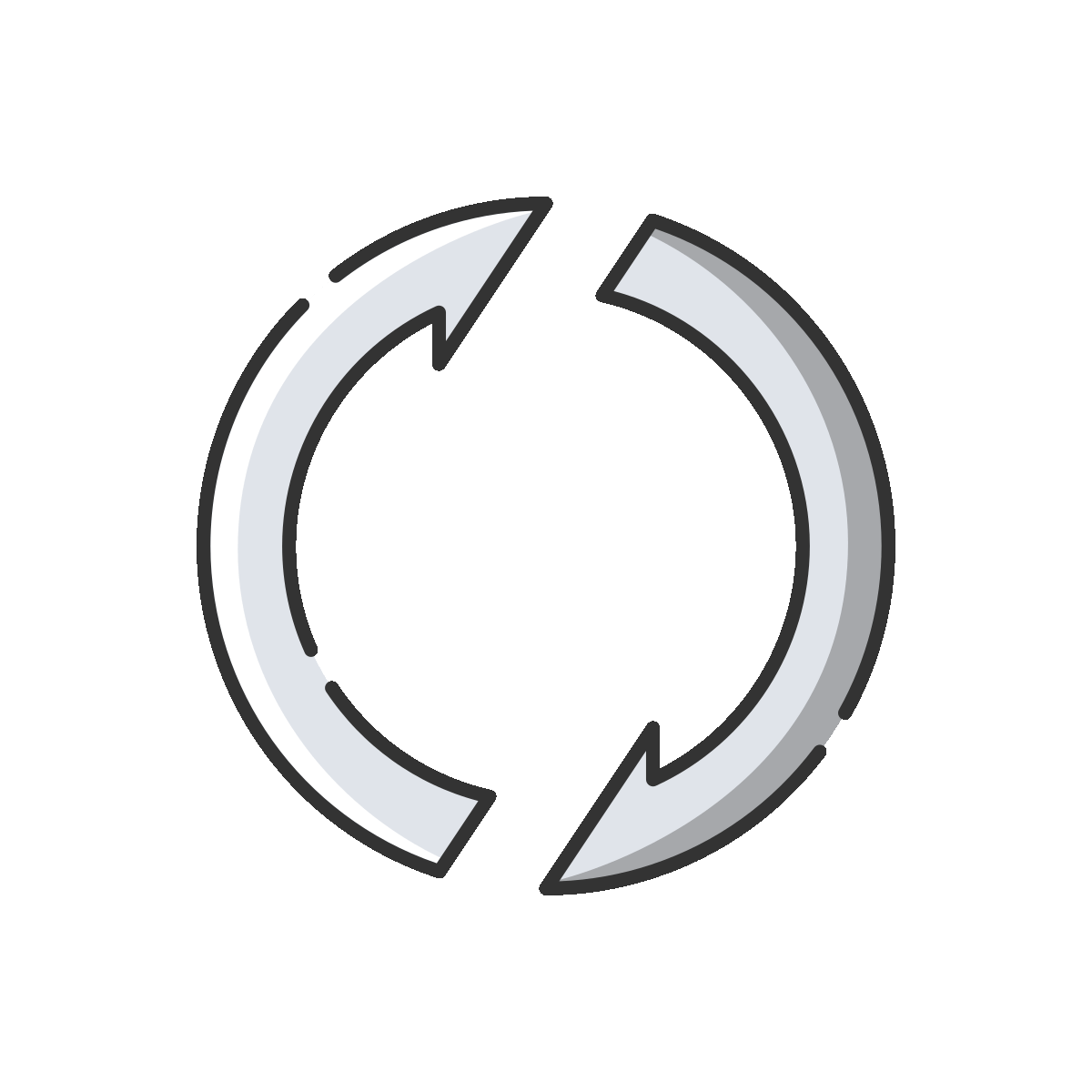Project Background
At the Fairbanks International Airport (FAI), a fire training pit collected per- and polyfluoroalkyl substances (PFAS)-impacted water from historical firefighter training activities that used aqueous film forming foam (AFFF). The water contained elevated levels of PFAS – milligrams per liter (mg/L) – and the airport contracted Aquagga to destroy the PFAS using their hydrothermal alkaline treatment (HALT) based technology. Even at those elevated PFAS levels, the water required concentrating pre-treatment to generate a 15-20x volume reduction for destruction, so Aquagga partnered with ECT2 to achieve their waste minimization goals.
 Treatability Testing and Technology Description
Treatability Testing and Technology Description
Prior to mobilizing in the field, ECT2 conducted a bench treatability study of the fire pit water at our R&D lab in North Carolina. The goals of the treatability study were to demonstrate the efficacy of ECT2’s FOAM-XTM foam fractionation technology to meet the treatment objectives – 70 nanograms per liter (ng/L) PFOS and PFOA – and to optimize operating conditions. The FOAM-X technology is a foam fractionation technology that allows efficient and effective removal of PFAS in the presence of diverse background constituents such as organics, metals, and dissolved salts. Air is introduced into the bottom of the fractionator in countercurrent flow to the water, enabling migration of PFAS into the air bubbles, which accumulate at the top of the reactor in a foam layer that is easily collected. Long chain PFAS such as PFOS, PFOA, PFHxS, and 6:2 FtS are readily removed due to their inclination to partition to the air water interface of the introduced air bubbles; treatment goals in the low ng/l range are achievable for these compounds.
Mobilization and Operations
After a successful bench treatability study, Aquagga selected ECT2 to perform the onsite work. ECT2 mobilized to FAI in Fairbanks, Alaska in the summer of 2023 with one of our portable units, FF2. This unit contains two fractionators that were set up to operate in a series. This turnkey, containerized system allows for easy setup as it is modular and only requires connection to electrical power and water lines.
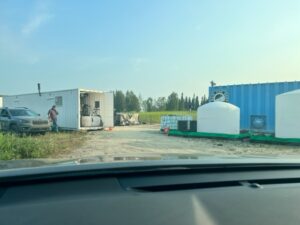
Operations started in mid-July and ran for approximately two weeks, with an influent flow rate of five gallons per minute (gpm) for up to 12 hours a day. During operations, the fire training pit water was pumped into an equalization tank inside the container before delivery to the fractionators. The treated water, or raffinate, from the first fractionator exits at the bottom and moves into a break tank, before entering the top of the second fractionator. Foam (“foamate”) exits the top of both fractionators and collects in a foamate break tank. Due to the accelerated nature of the project, the raffinate was polished through an adsorptive media-based treatment system operated by a third party to ensure all treatment goals were met prior to discharge.
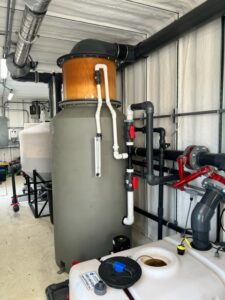 Successful Treatment Outcomes
Successful Treatment Outcomes
More than 99.9% of target PFAS were removed from the fire training pit water to ng/l levels in the treated raffinate. The collected foamate consisted of super concentrated PFAS (i.e., 10-50 mg/l), which collapsed back to a liquid in the foamate break tank. The foamate was then transferred to Aquagga for destruction utilizing HALT with their Steed Series PFAS destruction unit. At the end of the project, approximately 1,300 gallons of concentrated PFAS liquid was produced from the FOAM-X treated water. To learn more about ECT2’s approach to this project, watch the video below.
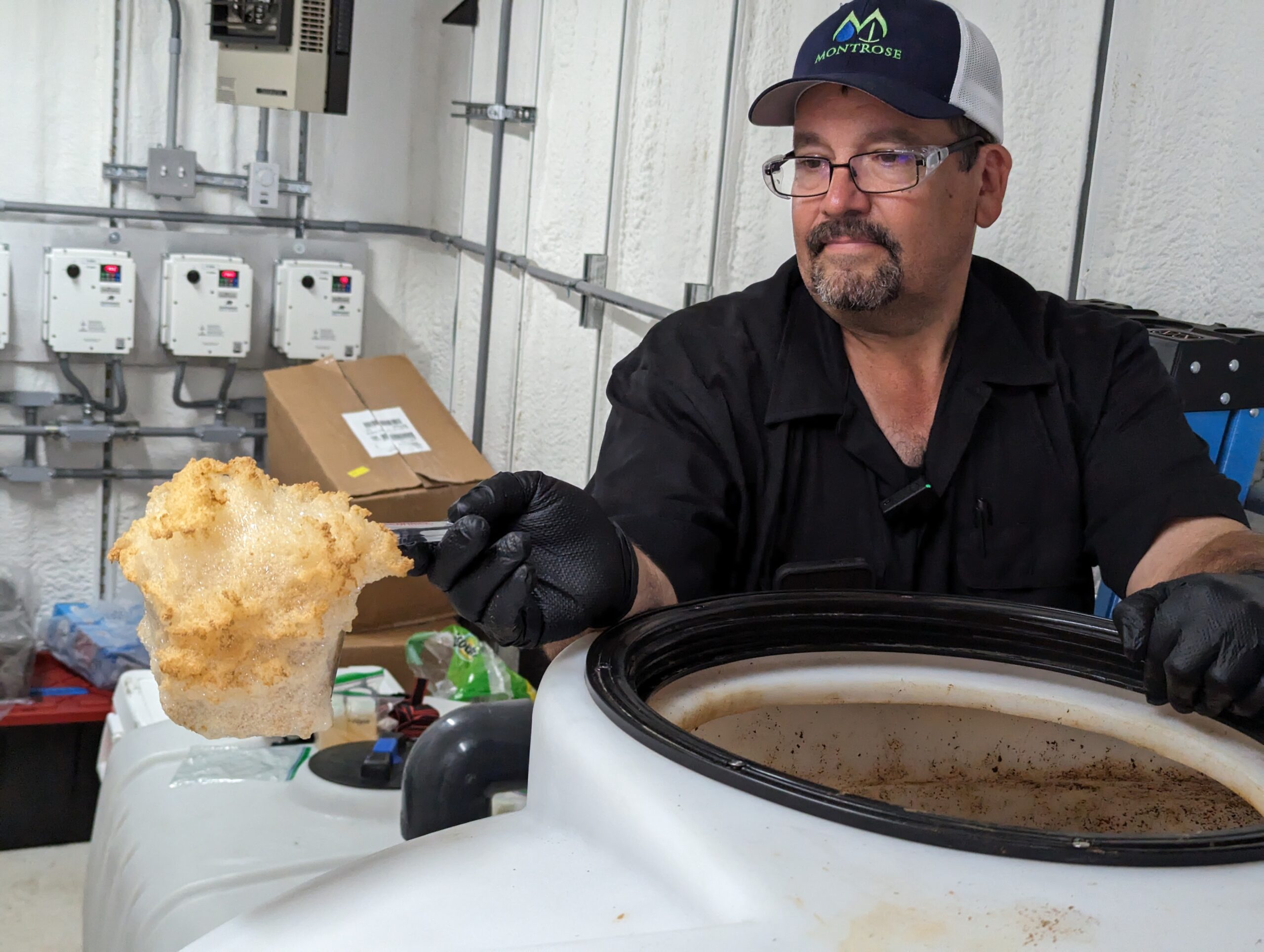
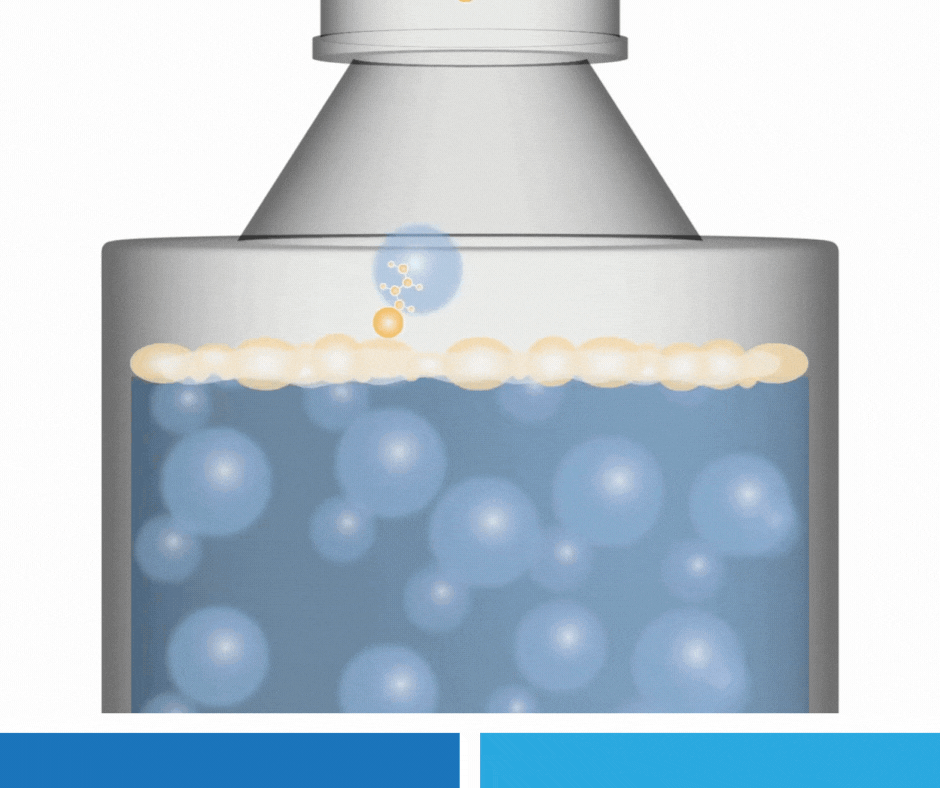 Treatability Testing and Technology Description
Treatability Testing and Technology Description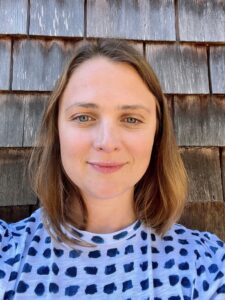 Erika Houtz, Ph.D., P.E.
Erika Houtz, Ph.D., P.E.